Case Studies

Spotify’s UX Law Playbook
Case Study Overview
Spotify isn’t just a music app—it’s an experience. In this case study, I explored how Spotify masterfully applies UX laws to create an intuitive, engaging, and seamless user journey. From Hick’s Law (keeping choices simple) to Gestalt Principles (grouping elements for clarity), every design decision enhances how users interact with the platform. Through heuristic analysis and user behavior research, I uncovered how Spotify blends AI-driven personalization with smart UX principles to keep users engaged. Whether it’s effortless navigation, well-placed action buttons, or visually appealing layouts, every detail is intentional. This study deepened my understanding of how great UX isn’t just about aesthetics—it’s about making users feel in control, comfortable, and delighted. It reaffirmed my passion for AI-powered, human-centered design that adapts to users in real time.
Aesthetic-Usability Effect
The Aesthetic-Usability Effect explains how users perceive visually appealing designs as more functional and user-friendly—even when they may have usability flaws. It’s like encountering a beautifully designed door that doesn’t open easily, yet we tolerate it because it looks good!
Spotify leverages this principle by creating a sleek, modern interface that feels intuitive and engaging.
A simple and clean interface ensures that even first-time users can navigate effortlessly!
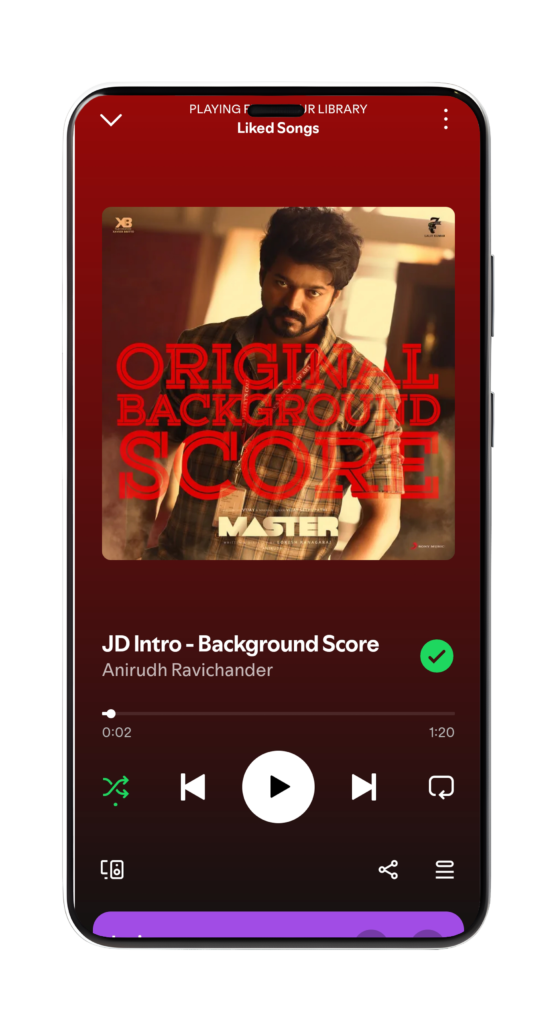
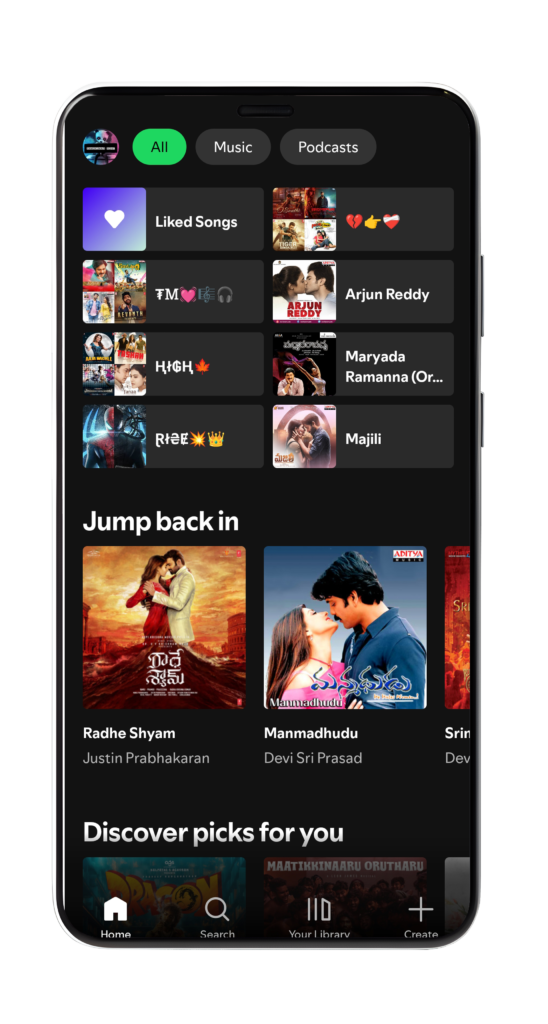
Jakob’s Law
Ever opened a new app and instantly knew how to use it? That’s Jakob’s Law at play! Since people spend most of their time on familiar apps, they expect new ones to work the same way—without a learning curve.
Spotify nails this by sticking to intuitive layouts, familiar icons, and seamless navigation. No guesswork, no frustration—just a smooth, effortless experience that feels right from the start.
Familiarity isn’t just convenience—it’s what makes users feel at home!
Doherty Threshold
Ever noticed how a snappy app keeps you engaged, while a slow one makes you frustrated? That’s the Doherty Threshold in action! When a system responds within 400 milliseconds, it creates a sense of flow—keeping users engaged without feeling like they’re waiting.
Spotify optimizes this by ensuring quick feedback, smooth transitions, and subtle loading indicators, so users stay immersed in their listening experience without disruption.
Speed isn’t just about performance—it’s about keeping users in the groove! 🎶
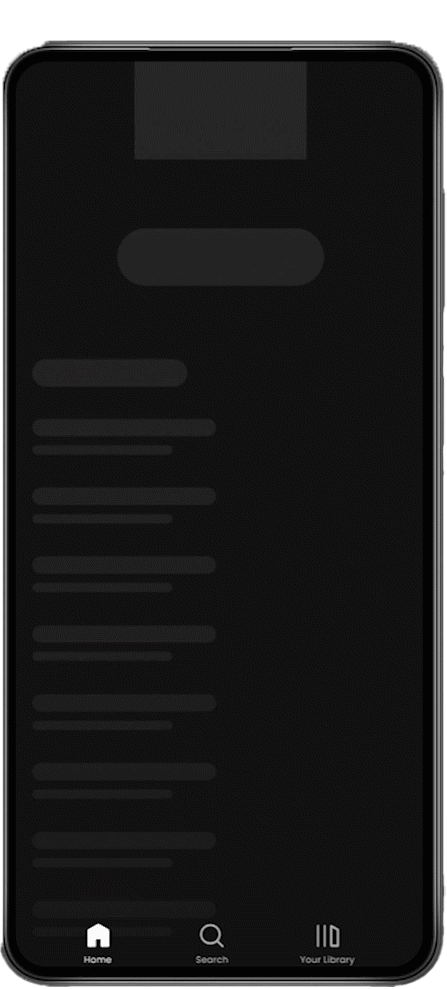
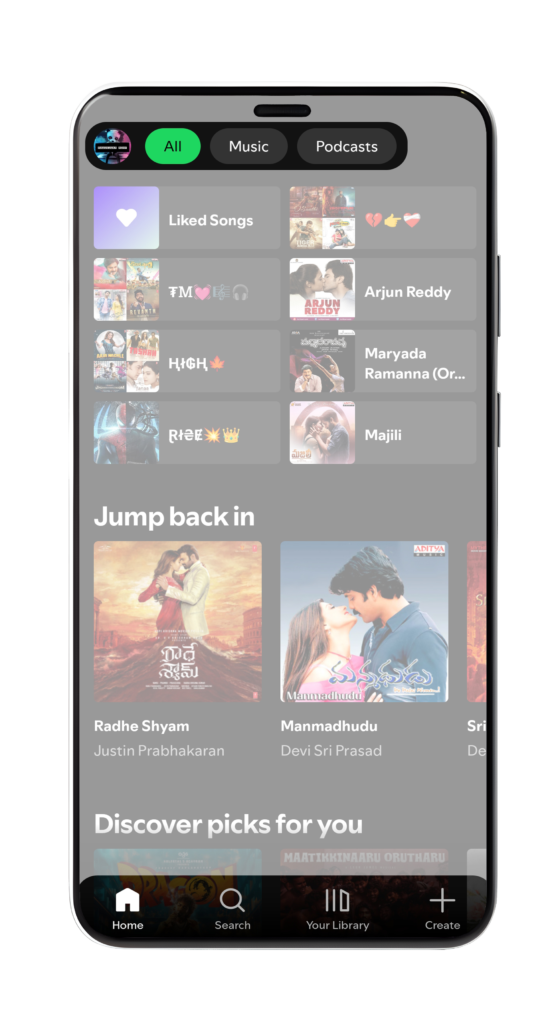
Hick’s Law
Ever felt overwhelmed by too many choices? The more options you have, the longer it takes to decide. That’s Hick’s Law in action! Spotify simplifies decisions with a minimal menu—fewer options mean faster navigation and less confusion. Instead of endless choices, users get a clean, focused experience, making it easier to find what they love, faster. Simplicity isn’t just design—it’s a smarter experience!
Postel’s Law
Ever searched for a song but mistyped the name? No worries—Spotify still gets it right! That’s Postel’s Law in action: Be precise in what you send, but flexible in what you accept. Spotify’s search understands user intent, fixing typos and interpreting variations to show the right results. Instead of frustrating users with "No results found," it makes discovery effortless. Even if you fumble, Spotify has your back!
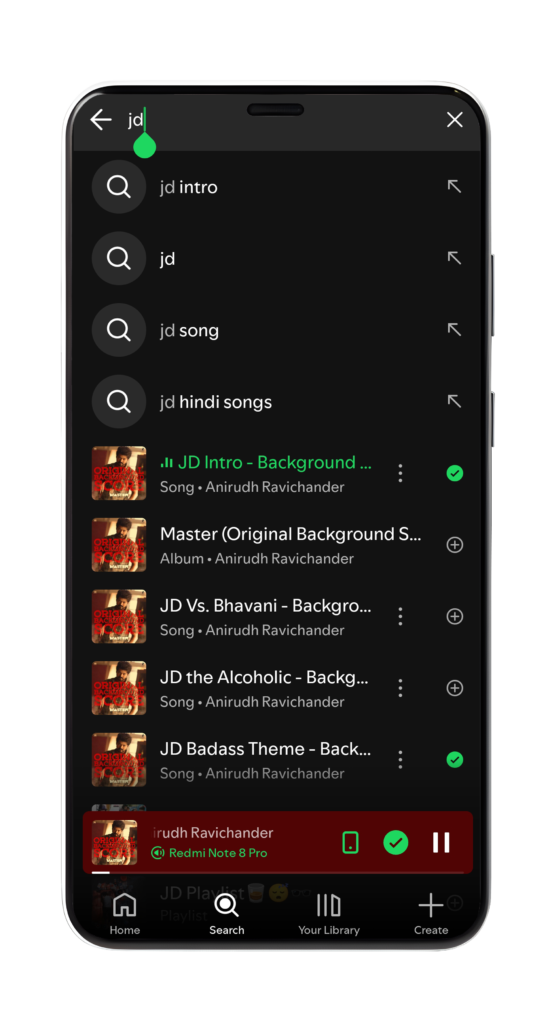
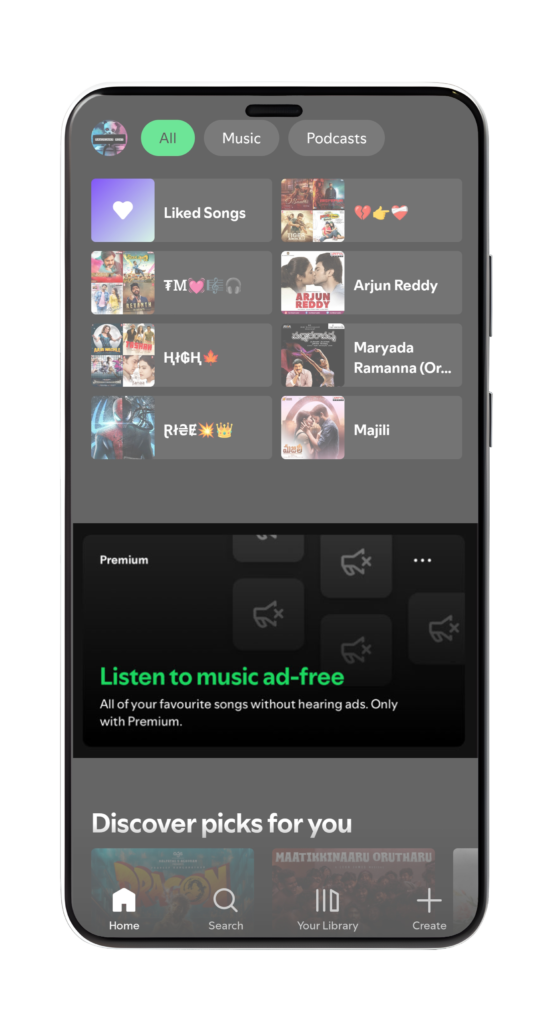
Van Restorff Effect
Stand Out to Be Remembered! Ever noticed how your eyes instantly lock onto something different in a list of similar items? That’s the Van Restorff Effect at play! Spotify smartly uses this by highlighting Premium ads in a distinct color and style. Among a sea of song suggestions, the Premium banner stands out, making it more memorable and attention-grabbing. Being different isn’t a flaw—it’s a strategy!
Conclusion
Spotify’s UX design smartly integrates psychological principles to create a seamless and engaging experience. By simplifying choices and using a clear visual hierarchy, it ensures effortless navigation. Personalized recommendations and intuitive design elements make music discovery smooth and enjoyable. Features like quick access to favorites and subtle feedback during loading enhance usability, keeping users immersed. This case study highlighted how Spotify’s blend of AI-driven personalization and UX best practices fosters an intuitive, user-friendly platform. Every design choice is intentional, making the experience effortless, engaging, and highly personalized—keeping users coming back for more.
